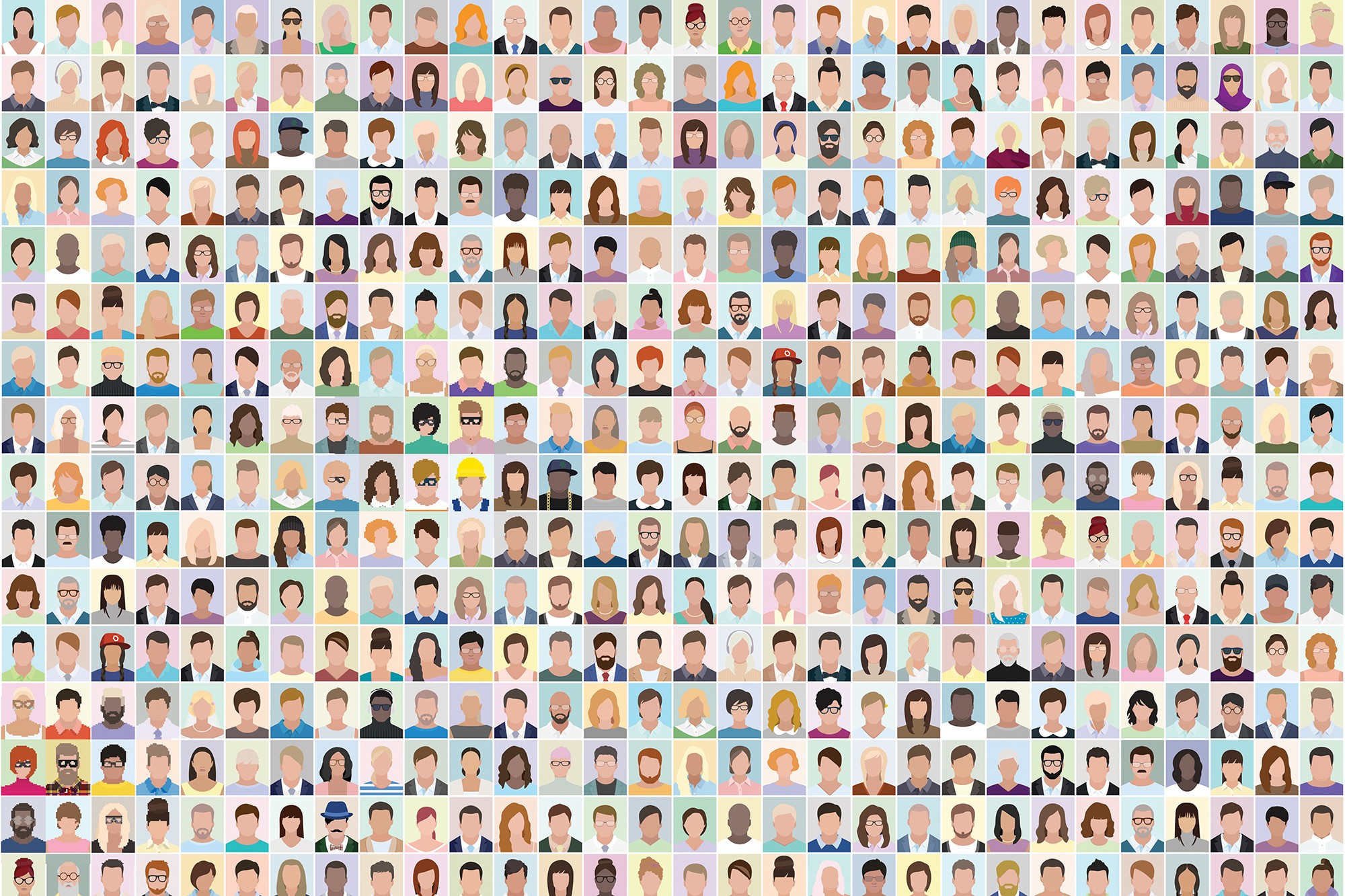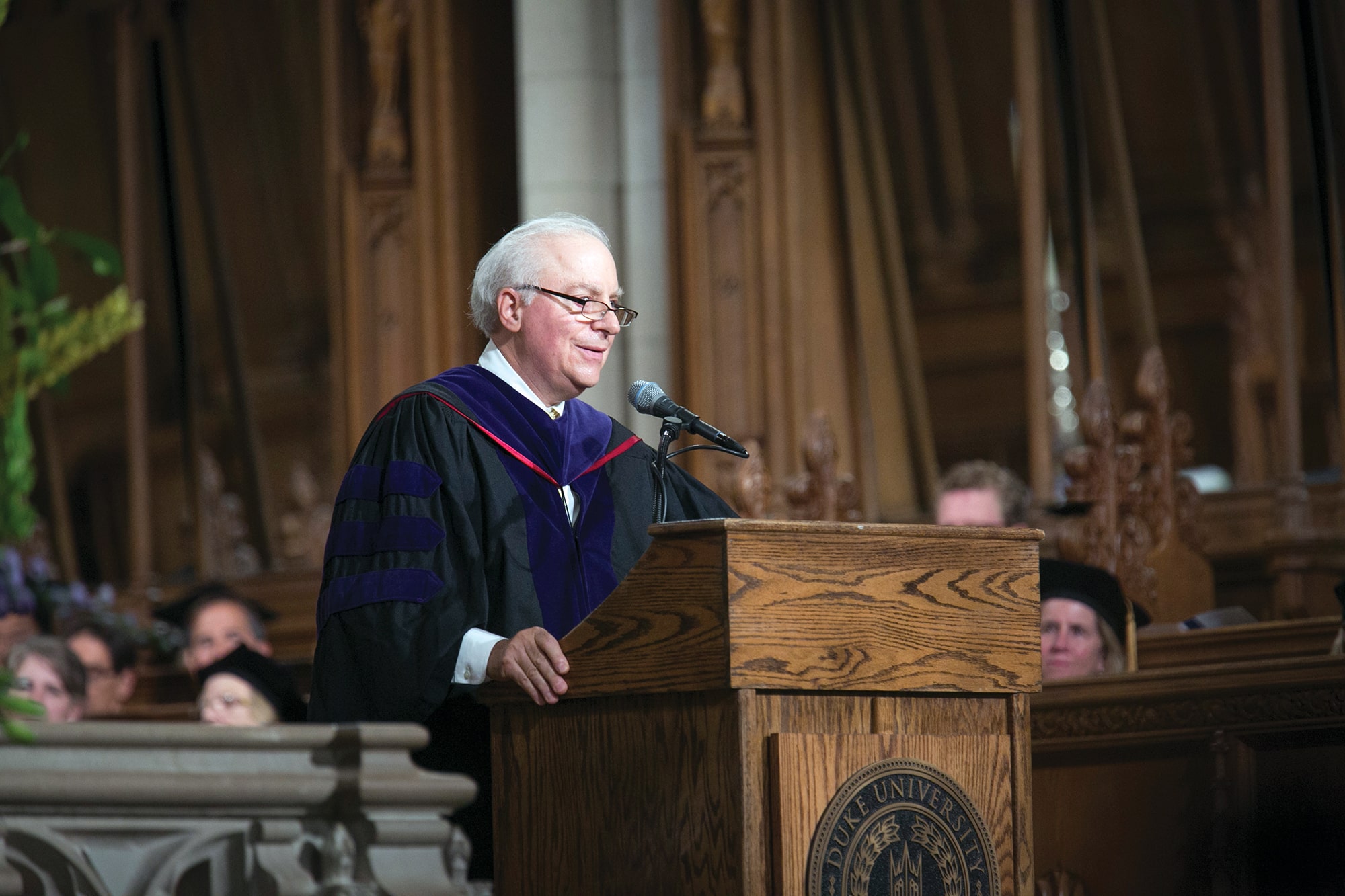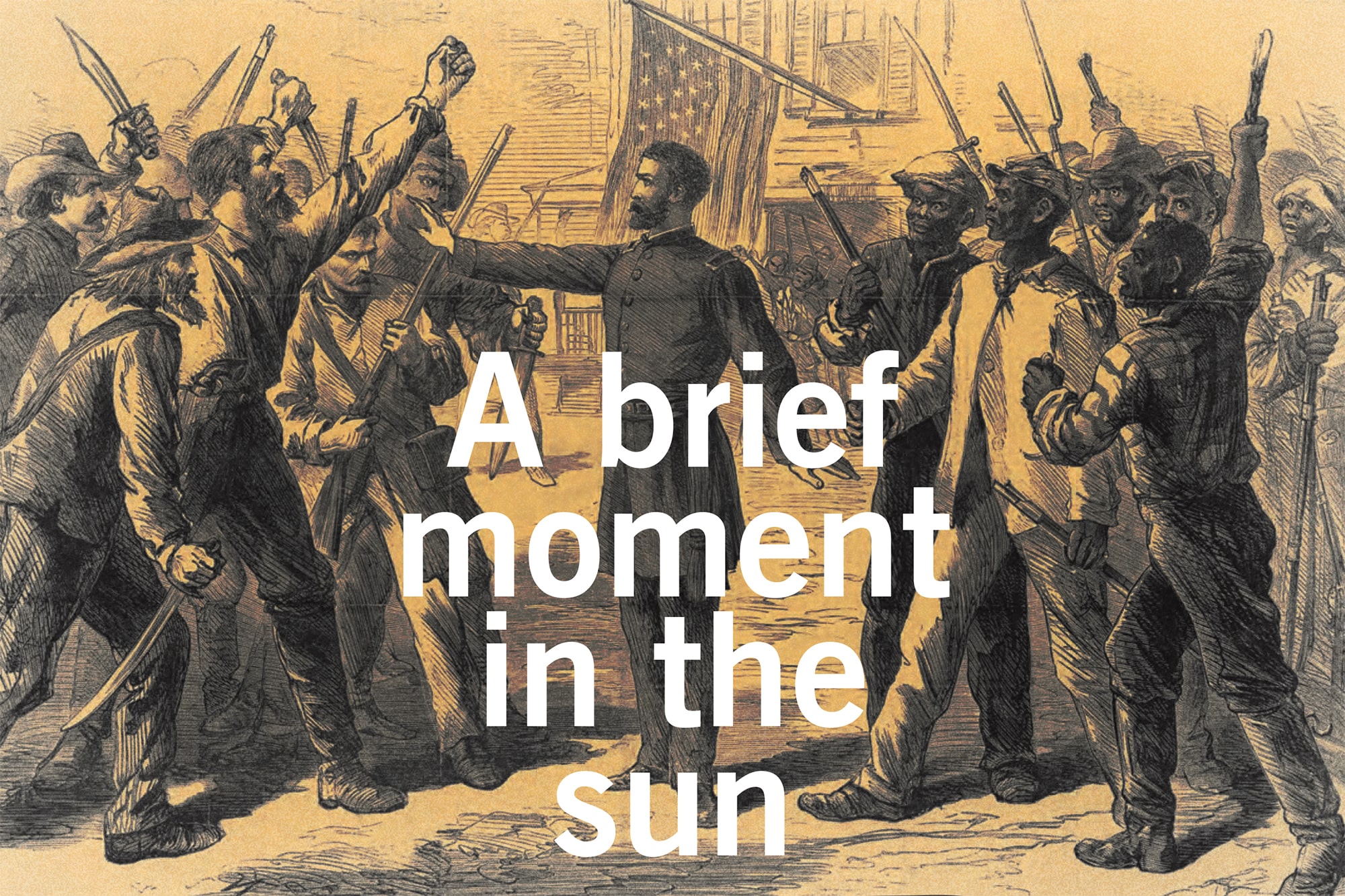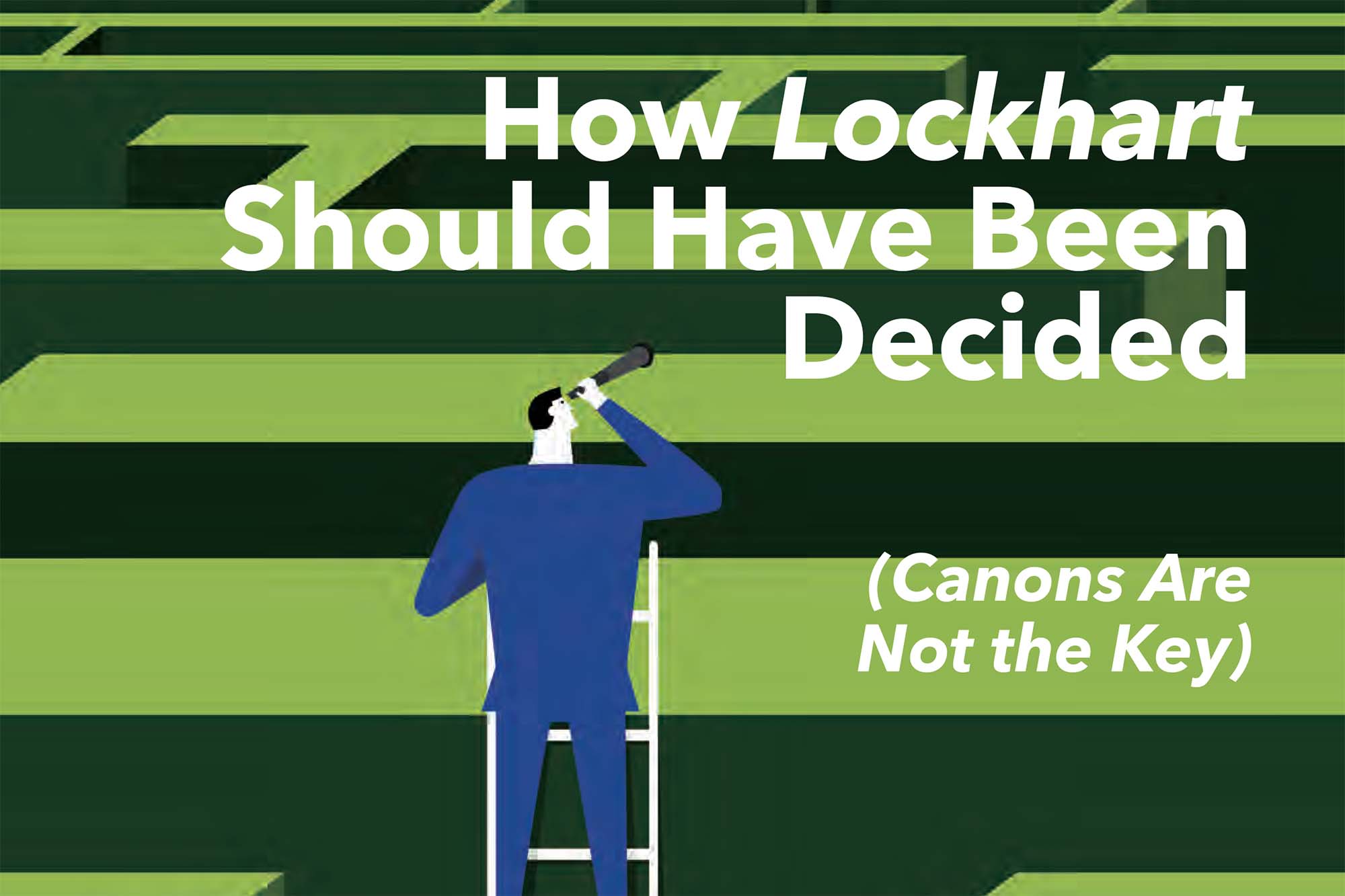Feature
 Technology, State Courts, Federal Courts
Technology, State Courts, Federal Courts
Crowdsourcing and Data Analytics: The New Settlement Tools
by David Yokum, Christopher Robertson and Bernard Chao
Vol. 102 No. 3 (2018) | Crowdsourcing and Data AnalyticsBy protecting the right to a jury, the state and federal constitutions recognize the fundamental value of having civil and criminal disputes resolved by laypersons. Actual trials, however, are relatively […]
 State Courts, Federal Courts
State Courts, Federal Courts
Guidance on New Rule 23 Class Action Settlement Provisions
Vol. 102 No. 3 (2018) | Crowdsourcing and Data AnalyticsOn Dec. 1, 2018, amendments to Federal Rule of Civil Rule of Procedure 23 take effect. The amendments require lawyers to provide additional information up front for the court to […]
 Judging
Judging
Judges and Stress: An Examination of Outcomes Predicted by the Model of Judicial Stress
by Charles P. Edwards, Jenny Reichert, Brian H. Bornstein and Monica K. Miller
Vol. 102 No. 3 (2018) | Crowdsourcing and Data AnalyticsJudges are tasked with administering justice and upholding the rights of everyone in accordance with the Constitution. The challenges associated with having to decide the fate of others, coupled with increases […]
 Technology, State Courts, Federal Courts
Technology, State Courts, Federal Courts
Data Validation: A crucial step toward controlling and understanding your data
by George Socha and Saaya Shah
Vol. 102 No. 3 (2018) | Crowdsourcing and Data AnalyticsWe all know the volume of data in litigation — particularly email data — continues to grow rapidly, with no sign of abating. That growth is forcing litigants to come […]
 Rule of Law, Federal Courts
Rule of Law, Federal Courts
A Friendly Award: Chief Justice Roberts Presents Justice Ginsburg with The Henry J. Friendly Medal at the 2018 ALI Annual Meeting
Vol. 102 No. 3 (2018) | Crowdsourcing and Data AnalyticsAt the annual meeting of the American Law Institute (ALI) in May, Chief Justice John G. Roberts, Jr., presented the Henry J. Friendly medal to his colleague on the Court, […]
 Judging, Law & Culture, State Courts
Judging, Law & Culture, State Courts
Perceptions of Bias: Do Campaign Contributions Create Public Perceptions of Judicial Bias?
Vol. 102 No. 3 (2018) | Crowdsourcing and Data AnalyticsIn a number of cases, the Illinois Supreme Court suspended the licenses of lawyers who had loaned money directly to the trial judge who was hearing their clients’ cases. They […]
 Law & Culture, Rule of Law
Law & Culture, Rule of Law
Speaking, Listening, and the Rule of Law: Free Speech on Campus
Vol. 101 No. 4 (2017) | Equal opportunity?A university is a very noisy place and by design. […] We revel in and celebrate the cacophony of many voices, and the collision of ideas and beliefs.
 Law & Culture, Rule of Law, Federal Courts
Law & Culture, Rule of Law, Federal Courts
A Brief Moment in the Sun: The Reconstruction-Era Courts of the Freedman’s Bureau
Vol. 101 No. 4 (2017) | Equal opportunity?When he was 16 years old during the summer of 1866, a recently freed slave named Alfred Jefferson rode his employer’s horse without permission. A local criminal judge in Bradford […]
 State Courts
State Courts
Going, Going, But Not Quite Gone: Trials Continue to Decline in Federal and State Courts. Does it Matter?
by Jeffrey Q. Smith and Grant R. MacQueen
Vol. 101 No. 4 (2017) | Equal opportunity?Trials, particularly jury trials, once played a central role in the American legal system. No longer. While trial remains a theoretical possibility in every case, the reality is quite different. […]
 Federal Courts, Constitutional Law
Federal Courts, Constitutional Law
How Lockhart Should Have Been Decided (Canons Are Not the Key)
Vol. 101 No. 4 (2017) | Equal opportunity?That is an altogether presumptuous title, written with a smile. The case is Lockhart v. United States, 136 s. Ct. 958 (2016). It’s fascinating for the debate over conflicting canons […]

